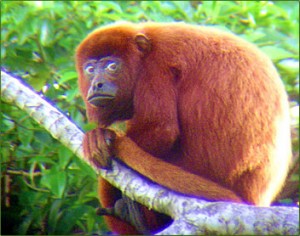Last summer the Coffey family (UK division, plus temporary assignees from New Zealand) spent three weeks tramping around bits of northern and western Scotland. A great deal of this time was spent standing on assorted promontories, peering at the adjacent cliffs and trying to identify exactly which bits of the local fauna we were currently looking at. (“Are those puffin balls?” “Yes, I believe they are.”)

Not being keen twitchers might be considered by some to be a disadvantage, but for us the opposite was true; being blissfully unaware of anything resembling a bird-related fact merely increased the breadth and implausibility of our sightings. In just one afternoon we spotted seventeen species on the endangered list, not to mention eight officially extinct ones and three that were new to science (puffins in particular owe their ability to fly solely to a cartoonesque ignorance of physics).
Starting with the arctic skewer (a bird rarely sighted off any British coast, but apparent to us in suspiciously seagull-esque numbers), we moved swiftly on to yet more exotic finds. At great remove we unquestionably spotted a Madagascan Serpent Eagle, and while for most people the Gunnison Sage Grouse is only to be found in a remote part of southern Colorado, we were blessed with several.
Emboldened by these early finds we were delighted to find lowland gorillas lurking in the mists of the Western Isles, even if the freshening breeze did tend to alarm these timid creatures, causing them to flee on our approach. So successful were we, in fact, that I was able to derive an empirical law of wildlife observation, which I share with you now:
The further away it is, the rarer it might as well be.
Edit: For those of you who arrive here searching for “arctic skewer,” I’m reliably informed it’s actually spelled “skua.” Searching for that might get you slightly better results than this nonsense.



 ::ring::
::ring:: Earlier this week, the EU
Earlier this week, the EU